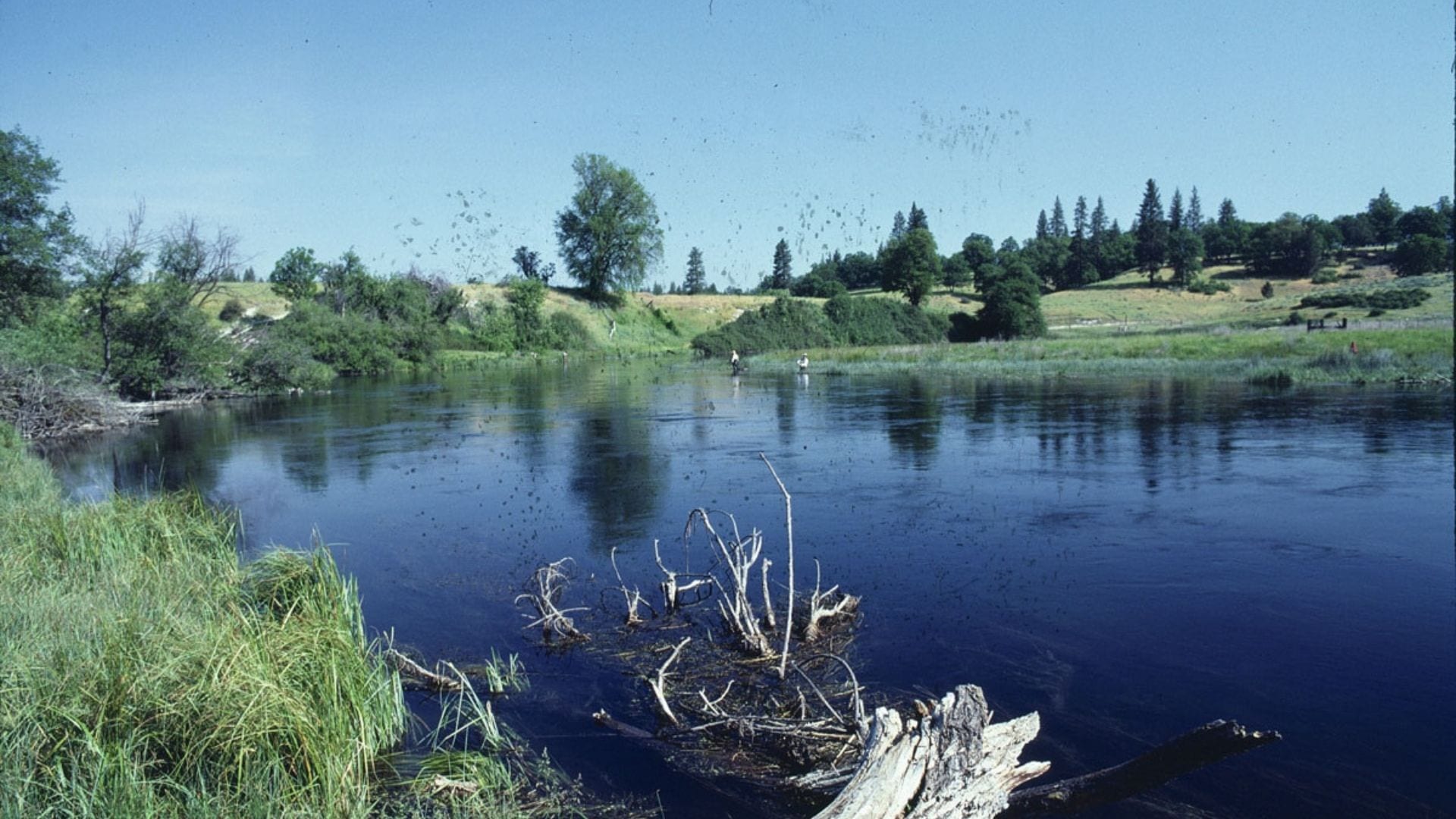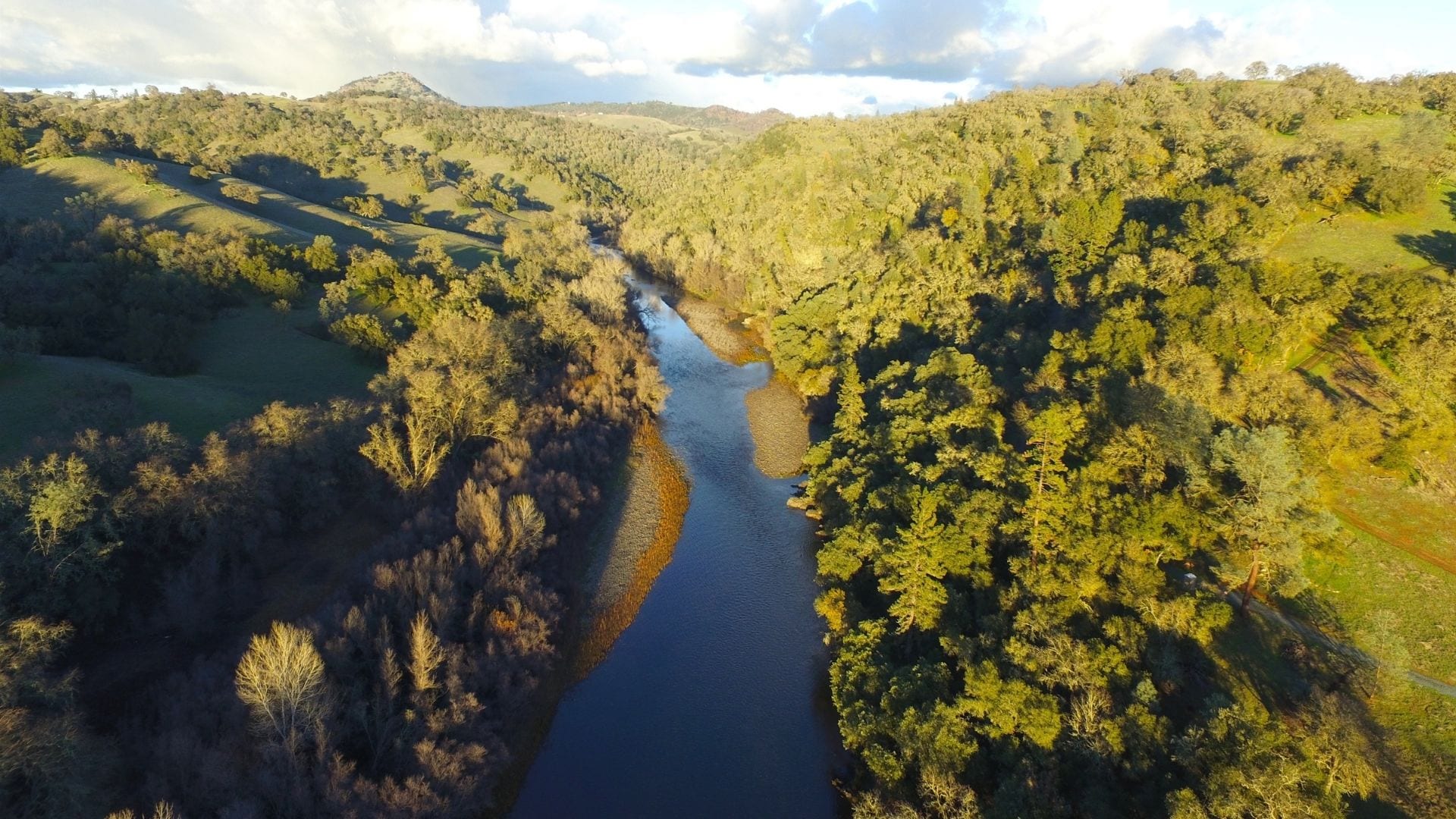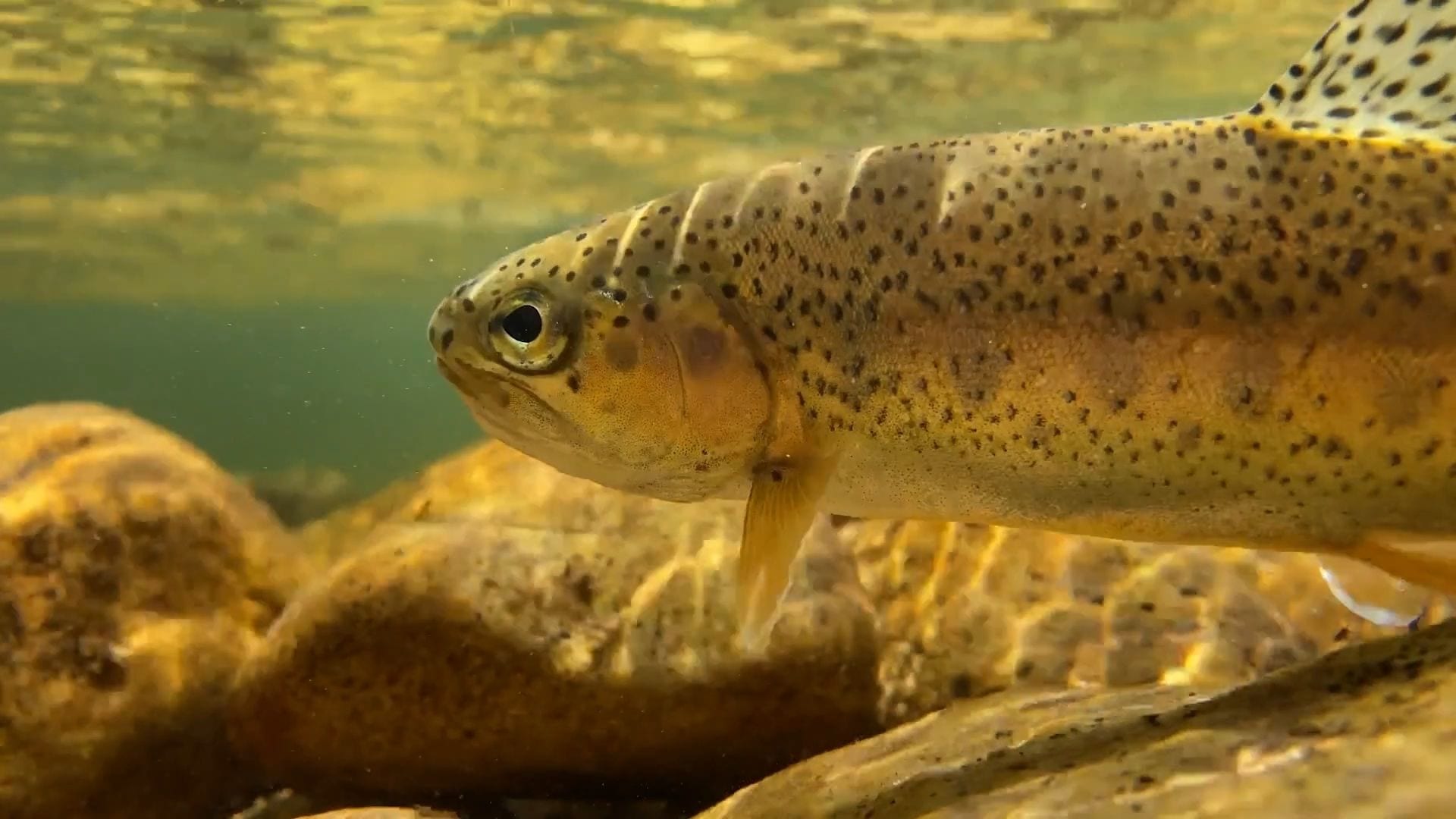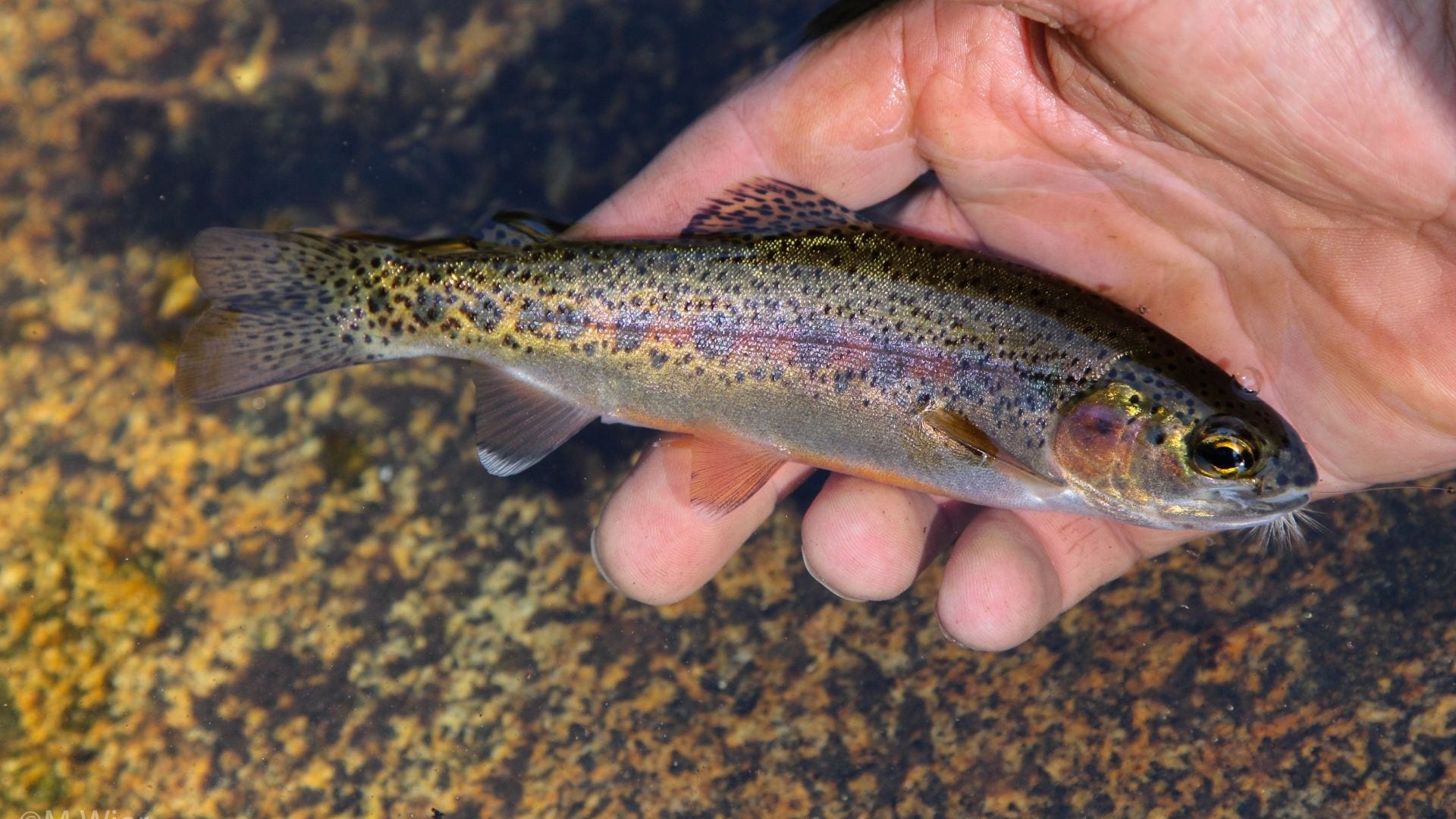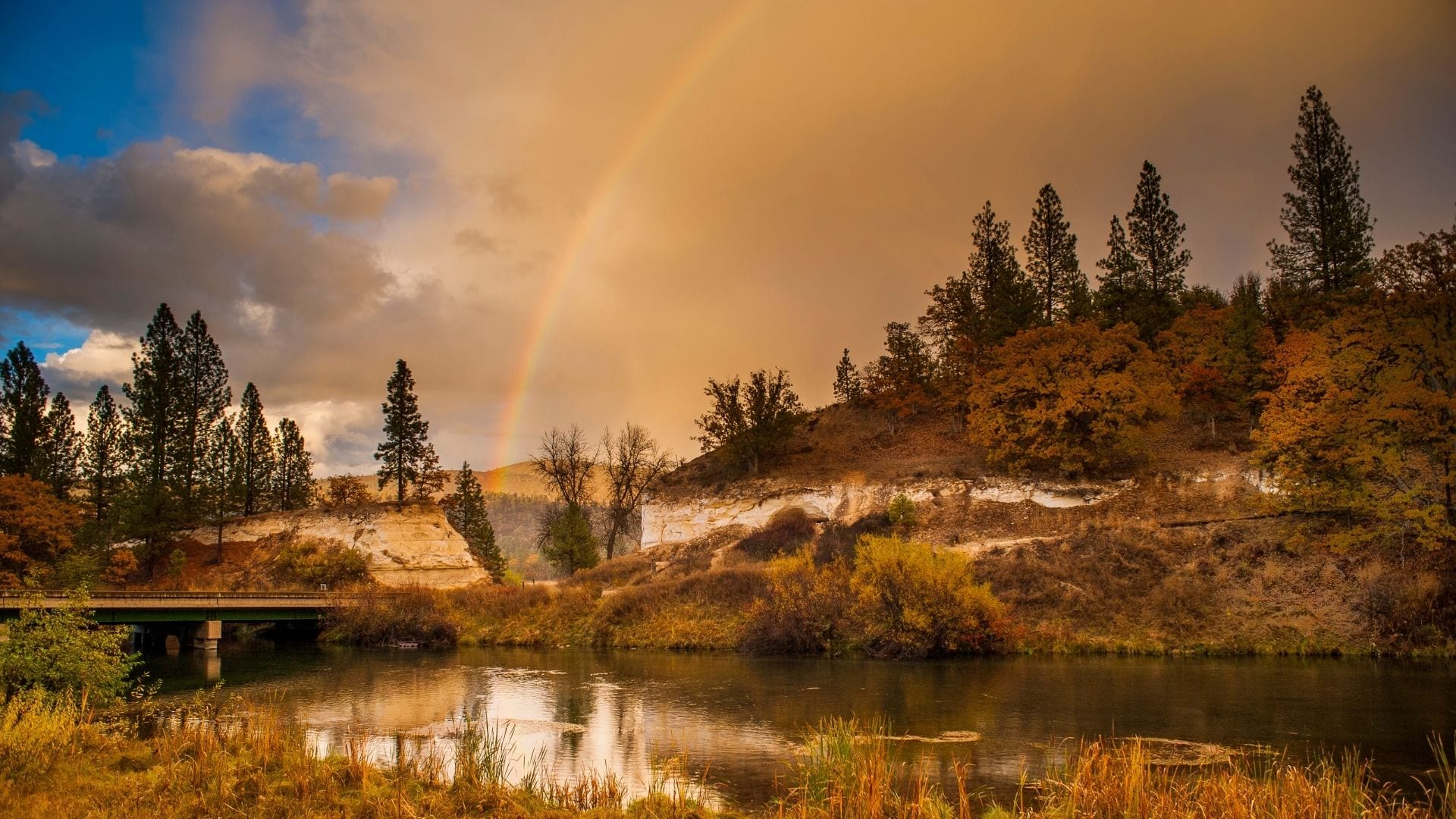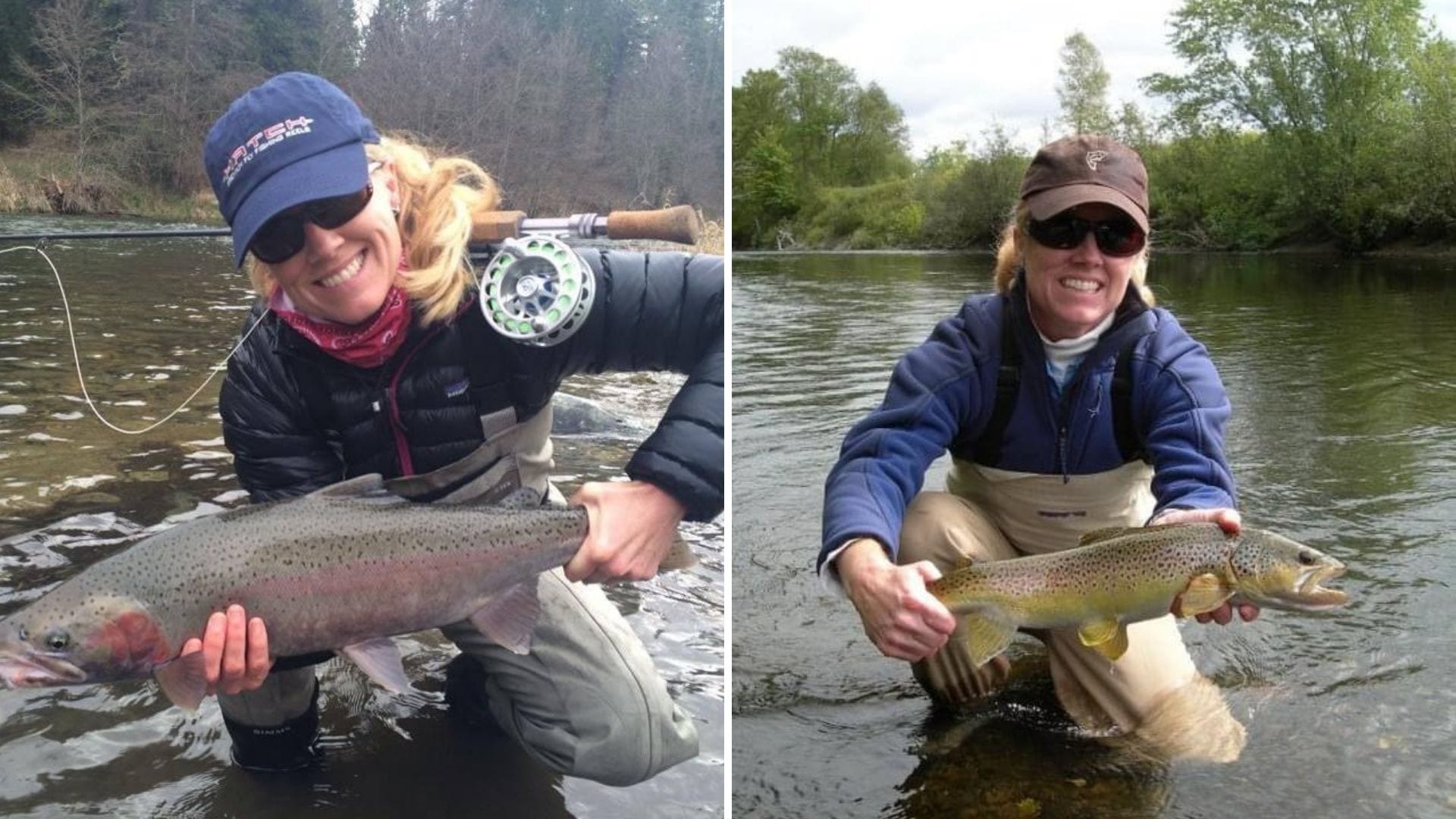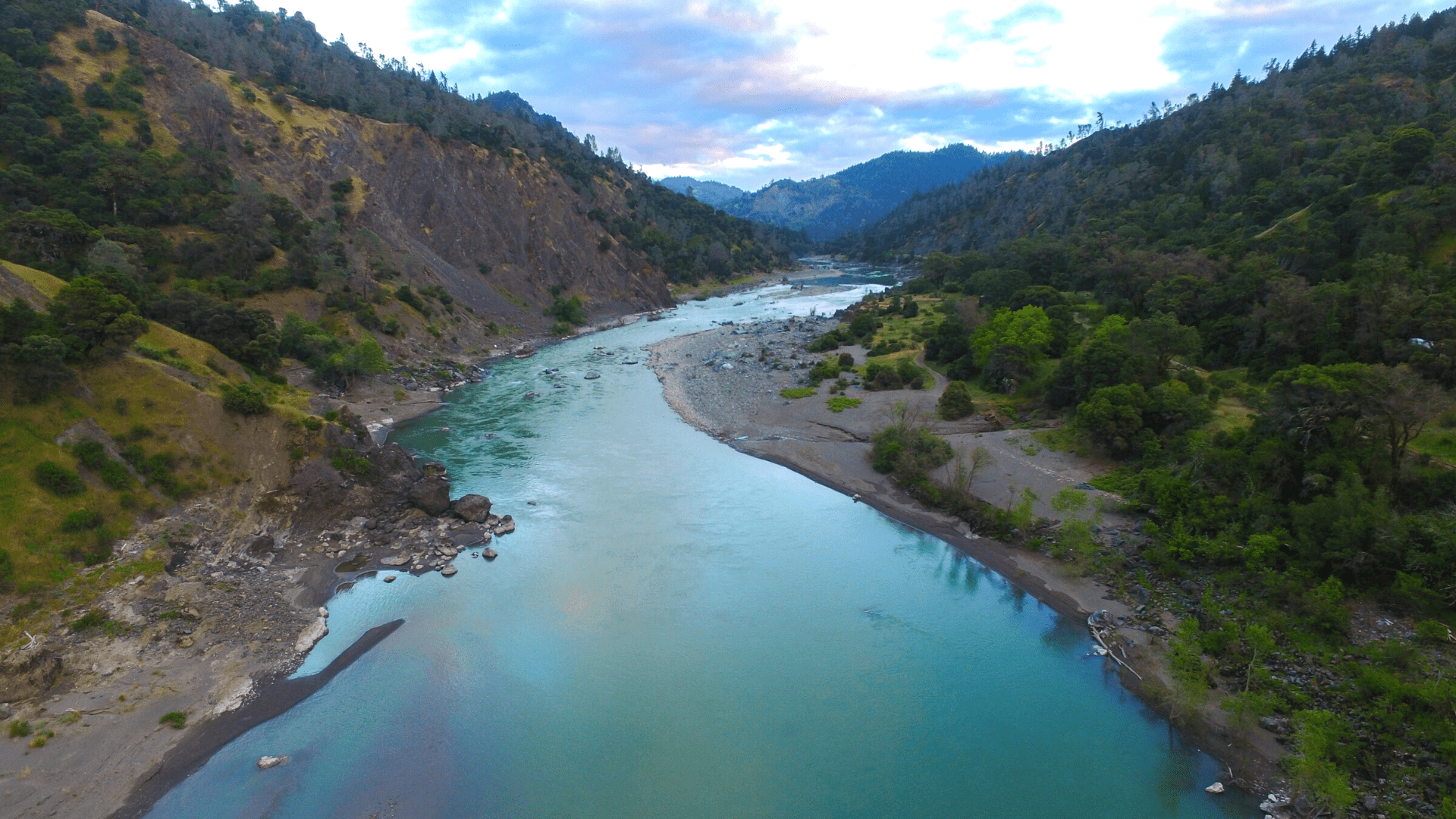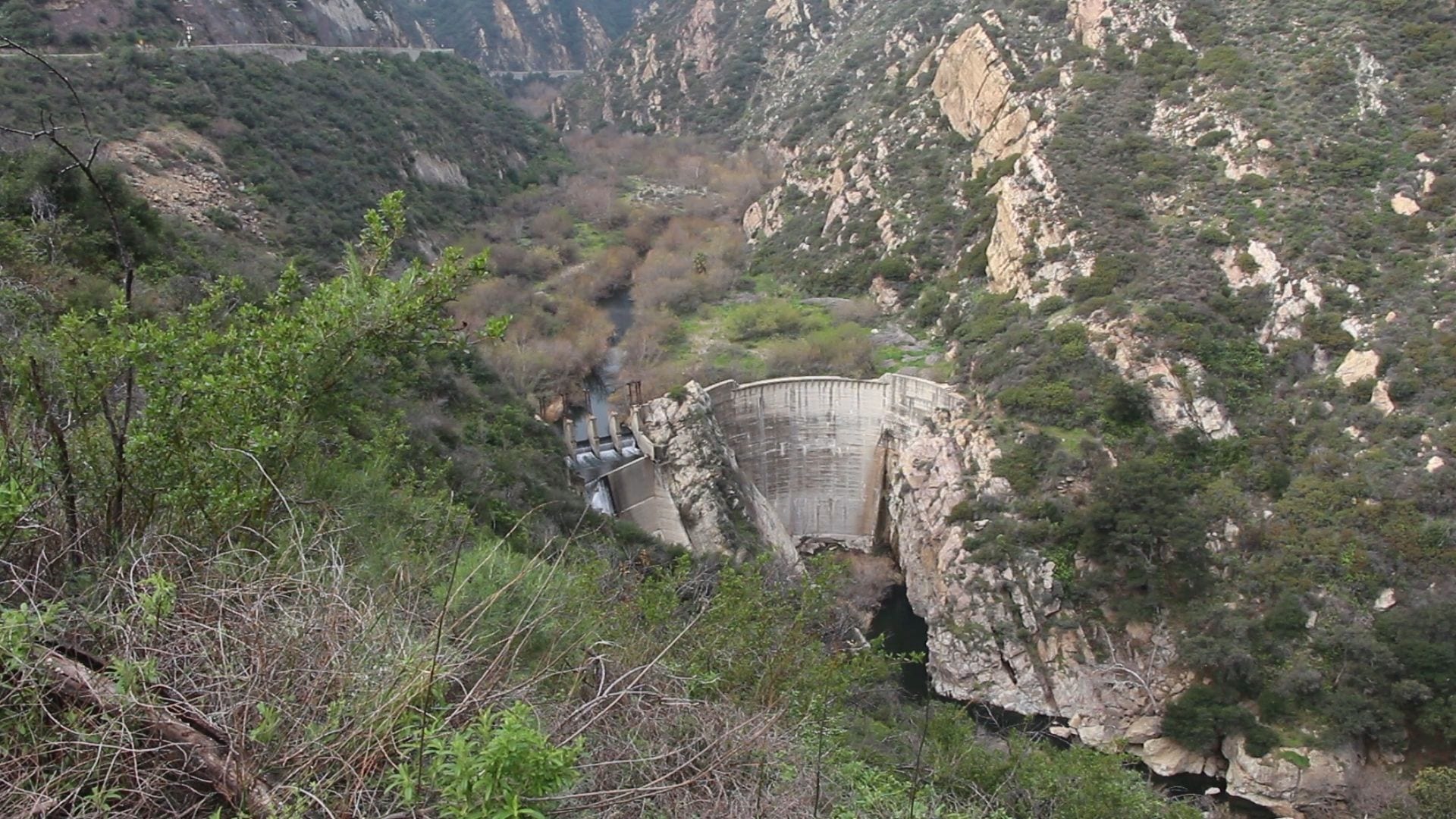Interesting and entertaining internet video finds
CalTrout Video Vault
Surfing the Web
Mad River Estuary Enhancement
The lower Mad River historically had access to a broad floodplain which provided critical rearing habitat for juvenile fish and off-channel refugia. Upstream impacts from land management and infrastructure development have led to sediment and temperature impairments. Lower in the river, levees to protect infrastructure and agricultural properties have disconnected the river from its floodplain. Partnering with the McKinleyville Community Services District, we are reconnecting the lower Mad River to over 4 acres of floodplain to improve key salmonid habitat. In addition, we will improve the existing trail network to enhance public access for angling and river recreation.
Santa Clara River Steelhead Coalition
The Santa Clara Steelhead coalition works with diverse partners to help improve conditions for wild steelhead and other ecological benefits within the Santa Clara River watershed.
Dam removal time-lapse on Nooksack River in WA
Four months of dam deconstruction on the Middle Fork Nooksack River in Washington recorded timelapse by Swiftwater Films.
Guardians of the River
In this film by American Rivers and Swiftwater Films, Indigenous leaders share why removing four dams to restore a healthy Klamath River is critical for clean water, food sovereignty and justice.
“Guardians of the River” features Frankie Joe Myers, Vice Chair of the Yurok Tribe, Sammy Gensaw, director of Ancestral Guard, Barry McCovey, fisheries biologist with the Yurok Tribe, and members of the Ancestral Guard and Klamath Justice Coalition.
Science in Short Podcast: How Fish Interact with Wetlands Topography
In this podcast, reporter Alastair Bland and UC Davis PhD student and fish researcher David Ayers discuss the Sacramento-San Joaquin Delta, its fish, its marshlands, its flows, and its future. Ayers explains the focus of his research, which seeks to reveal how underwater topography in the wetlands fringing the estuary affects interactions between predators and small fish.
While restoration projects often focus on adding more water to this ecosystem and encouraging that water to overflow the river's banks, Ayers says small fish need more than just water and wetlands to survive. Variation in habitat features, such as the width and depth of wetland channels that wind through these ecosystems, create a complex, dynamic habitat and may offer juvenile Chinook salmon and Delta smelt better odds at evading predators like striped bass, largemouth bass, and channel catfish, and, in the long term, better odds at surviving as species.




